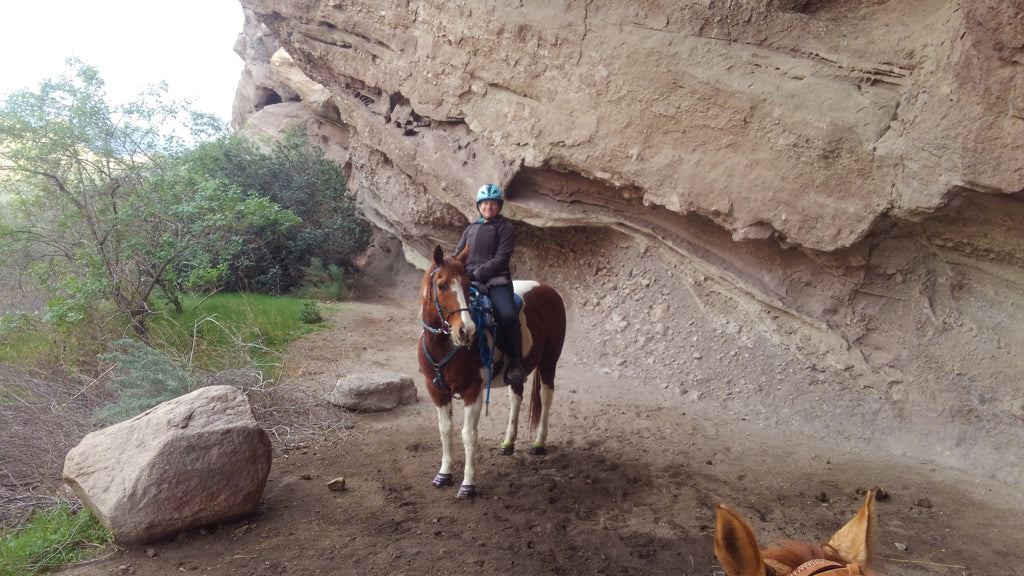
Hoof Boots are Changing the Times
Share
Sheri's Barefoot Transition Journey
Though a relatively new addition to the horse world, hoof boots are changing the times. With more and more research revealing the benefits of keeping horses barefoot, horse owners around the world are foregoing metal shoes in favour of barefoot trimming.
Not all experts agree on what is best for horses. Some farriers and vets have a more traditional view of hoof care and advocate for the necessity of metal shoes for both maintenance and therapeutic reasons. However, a large number of farriers and vets have seen the benefits of barefoot trimming and regularly advocate for horse owners to transition to barefoot.
If you are considering transitioning your horse to barefoot and are being met with criticism, do your research, get a second opinion, find a barefoot farrier, or barefoot trimmer, and know that there are many in the equine community that will help and support you as you make the switch to barefoot.
Scoot Boot recently spoke to Sheri Devouassoux who has first hand experience in transitioning to barefoot in the face of criticism. Here is her story:
Sheri Devouassoux is a rider living in Barstow, California. She has competed in endurance, trail and obstacle competitions. Her barefoot journey began in 2011 when she transitioned her Arabian gelding, 'Ham' to barefoot. This is her story...
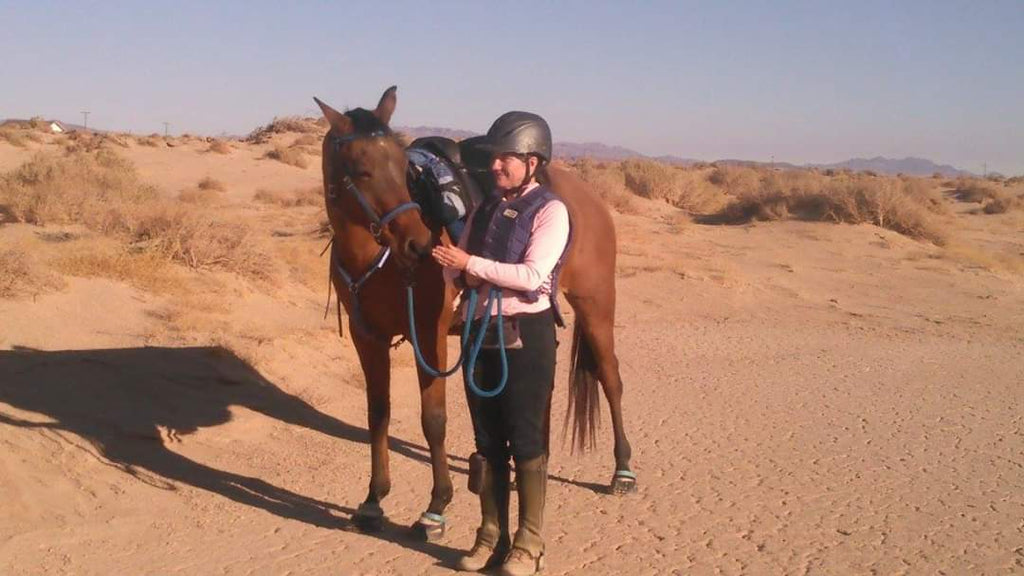
What Made you Decide to Transition Ham to Barefoot?
Ham was having soundness issues after short training rides if the ground was hard. He would be footsore for days and he was having some intermittent lameness after 25 mile (40km) limited distance rides. My farrier was great, but something just wasn't right. Ham was very well mannered but he started having behavioral issues when my farrier would shoe him. Ham would stand quietly while my farrier trimmed him, but as soon as the farrier started nailing the shoes on, Ham would completely freak out. He would rear and rip his foot away from the farrier. His expression showed fear and pain. It was like nailing the shoes on hurt him. I was confused. My farrier recommended sedating him for shoeing. I did not find that acceptable, especially with the strict drug policies that are upheld by the AERC (American Endurance Ride Conference). I had to come up with a solution.
Meanwhile, Ham suffered from thrush. It was thrush unlike any thrush I had encountered in my life. I decided to research thrush treatments because the dozen or so thrush treatments I had tried just had not worked. I went online and I learned that chronic thrush had been linked to a metabolic disease known as 'insulin resistance'. The articles indicated that steel shoes can make thrush worse and that some insulin resistant horses were sounder and healthier if they were barefoot. Well! That all sounded like crazy talk to me! But what did I have to lose?
Then, Ham was diagnosed with a strained medial collateral ligament in his right front hoof. That gave me the perfect excuse and incentive to pull his shoes and try the whole 'barefoot thing'. Ham's shoes were pulled and he got a nice vacation in a pasture. The money that I would have spent on shoes was instead spent on a set of hoof boots. Ham was tested for insulin resistance and his results were definitely positive. I visited Ham daily, groomed him, treated his thrush, and fed him some supplements that helped manage his metabolic disease. My farrier, who was incredibly supportive during all of this, started teaching me how to shape and trim Ham's hooves. When his vacation was over, I booted Ham and started several months of rehab in preparation for his upcoming endurance season.
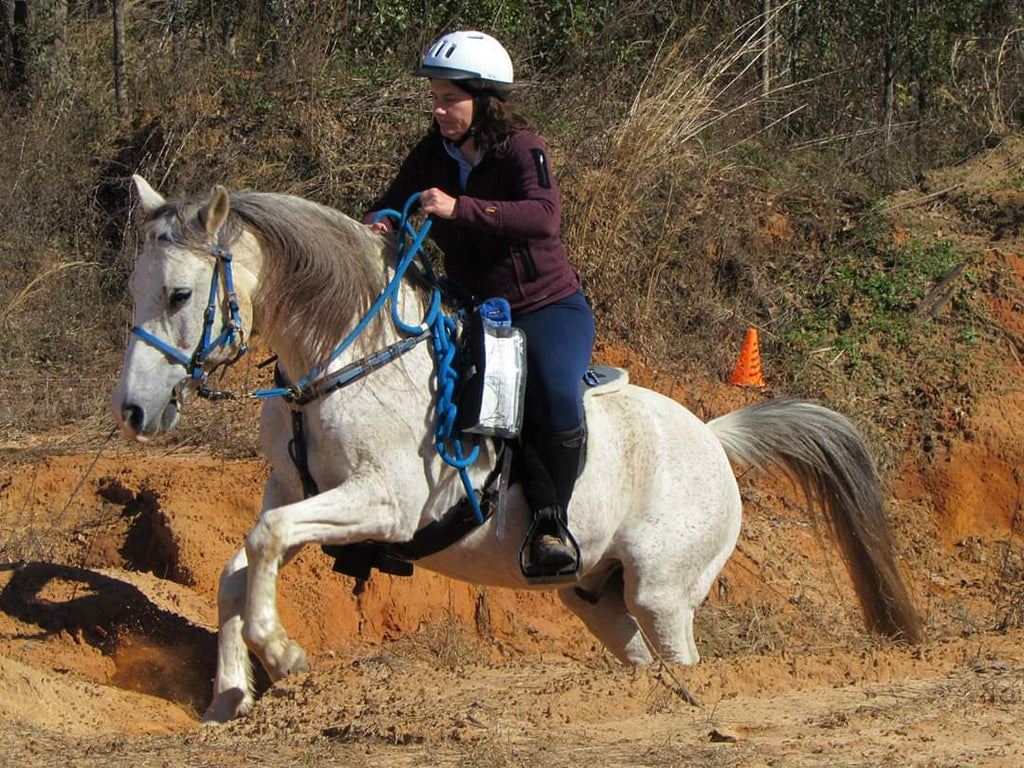
What was the Reaction From Those in Your Horse Community When you Transitioned to Barefoot?
If I were to sum up the reaction in one word I would say 'critical'. Another descriptive word might be 'doubtful'. And sometimes I encountered hostility. In all honesty, the only supportive person that I had in the entire horse community was my farrier. He had never trimmed a booted horse before and he was really excited about the whole ordeal.
I actually started dreading going to endurance rides. I had been riding endurance since 1998. I had competed nine horses before Ham and I had competed in four AERC regions and over a dozen different states in the USA. Overall, endurance riders are friendly and supportive. But when I showed up at an endurance ride in Kentucky with four bright orange hoof boots on my gelding, no one was friendly towards me. No one. I felt shunned and ridiculed. The head vet laughed at me and told me that my horse would be rubbed raw by those boots after 25 miles (40km). I was horrified. The next day I finished my ride. In last place. The volunteers laughed and said that I rode so slowly because I was afraid my boots would fall off. I showed them my GPS that read 36 miles. No, I didn't ride slow at all. I just did an extra 11 miles because the trail markers had been vandalised and I had gotten lost.
The head vet wanted to inspect my horse to see his rubs. He ordered me to remove Ham's boots. I complied. We both stared in disbelief. His heels had no rubs at all! But wait! The vet had a special thermal imaging camera. Hot spots would show up as white on the screen. The camera showed no hot spots!
The next month I attended a ride in Indiana. There I encountered a farrier who was so mean and hateful towards me and my barefoot gelding that the farrier actually made me cry. I mean, I am a veteran of the United States Army. I went through basic training with drill sergeants screaming at me and belittling me 24/7 and I never shed a tear. Then some random stranger at an endurance ride has me bawling like a baby. I started to wonder if this whole 'barefoot and booted thing' was worth it. Maybe I should just go back to steel shoes. Maybe I should quit endurance.
And then I thought about Ham.
And I wiped my tears away, strapped on his boots, mounted up, and headed for the starting line.
I couldn't go back to shoes. Ham needed to be barefoot and booted. I had to keep going forward. For Ham.
In June of 2012, I moved 900 miles (1,450km) away to Virginia. Ham went with me.
I continued to receive criticism. One day, while conditioning Ham on a popular riding trail in Virginia in 2013, a complete stranger stopped me on the trail and told me what a horrible horse owner I was and that 'those boots' were going to make my horse lame and ruin my horse, etc. Instead of crying, I smiled, nodded, thanked him for his concern, and rode away. I continued competing in endurance rides and Ham finished his first 50 miler (80km) in boots. He was 100% sound at the finish. I tried my hand at competitive trail and Ham and I won first place at our first ECTRA competitive trail ride! In boots!
In June of 2013, Ham and I packed up and moved 900 miles (1,450 km) away to a rural part of Alabama. More criticism. We tried our hand at Trail Challenges and finished in the top ten in Alabama. Barefoot and booted. We tried NATRC (North American Trail Ride Conference) competitive trail and at the end of the year we finished in sixth place in my division for all riders east of the Mississippi River. Barefoot and booted!
Sadly, I lost Ham to colic in the summer of 2015. It was a very sad day.
In 2016, I noticed a shift in attitude. People were no longer so hateful towards boots. They were curious. They asked me questions. They were supportive and maybe even a little bit jealous that I was so successful with boots.
In 2017, I discovered Scoot Boots. And that changed my life and also the life of the lovely Arabian mare that I had acquired to fill the void that Ham left behind. Maggie was a gem. And Scoot Boots worked so well on her.
In August of 2017, I moved 2,300 miles (3,700km) across the USA to Southern California. I took Maggie and an aged, lame Paint mare to keep Maggie company on the move and at her new home in the Mojave Desert in California. I figured the Paint mare, Samantha, would help to ease Maggie's anxiety and loneliness since they were pasture mates in Alabama. Before we left Alabama, I had the lame Paint mare's shoes pulled. Once I settled into my new place in California, I trimmed her hooves. And I found that my old lame Paint mare was an old SOUND Paint mare! She just needed to lose those shoes and get a good, balanced trim! I fitted her with Scoot Boots and we have explored countless miles of trails here in Southern California. The vet estimates that Samantha is about 30 years old. She is sound and healthy. And barefoot!
Why did you 'Stick to Your Guns' and Keep Your Horse Barefoot in Spite of Controversy?
I did it for my horse. It was the best thing for me to do. I wasn't trying to be a pioneer or trying to prove anything. I just wanted to do the best thing for my horse. I did it for Ham. I did it for Maggie (who I lost to heart failure in 2019). I am doing it for Samantha. I am doing it for my current horse, Summer. Because it is the best thing to do. For my horses, anyway.
Why Have you Chosen to Boot Your Horses for Rides Instead of Keeping Them Completely Barefoot?
In 2014 I did an experiment. I picked out an easy 5 mile (8km) trail. The footing was 'barefoot friendly'. The trail was mostly flat, zero rocks, mostly sand with some areas of hard packed sand and mowed grassy stretches with loamy sand under the grass. I tacked up Ham, who was really fit, strapped on his heart rate monitor, put on my GPS, and hit that trail ten days in a row.
Every other day I booted him. So he had five booted rides and five barefoot rides. Same trail. I rode him mostly at a working trot with a little canter here and there when the mood hit. And very little walking. Just a small stretch that was a little rooty and rutted.
Every day I wrote down his average speed, average heart rate, total time, etc. At the end of the ten days, I reviewed my results.
The results screamed at me. On the days that he was booted, his heart rate was significantly lower, his average speed was faster, and his total time was shorter than on his barefoot days. It was very, very obvious that when he wore boots, he moved more efficiently and he was more comfortable.
I decided right then and there, that my Ham would be booted for every ride from that day forward. I continue to boot my horses for every ride. For their comfort and well being.
I actually wanted to go public with my results. I wanted people to know the benefits of booting. I wanted the haters to know. I wanted people to try barefoot and booted.
I considered contacting a big university vet school. Maybe they could conduct a big study. Maybe that would get people's attention.
But honestly, I was afraid. Booting horses was still in its infancy six years ago. I was actually concerned that the horse industry (especially endurance and competitive trail organizations) might consider boots as some sort of performance enhancing item and ban them. So I kept quiet and just rode my horse.
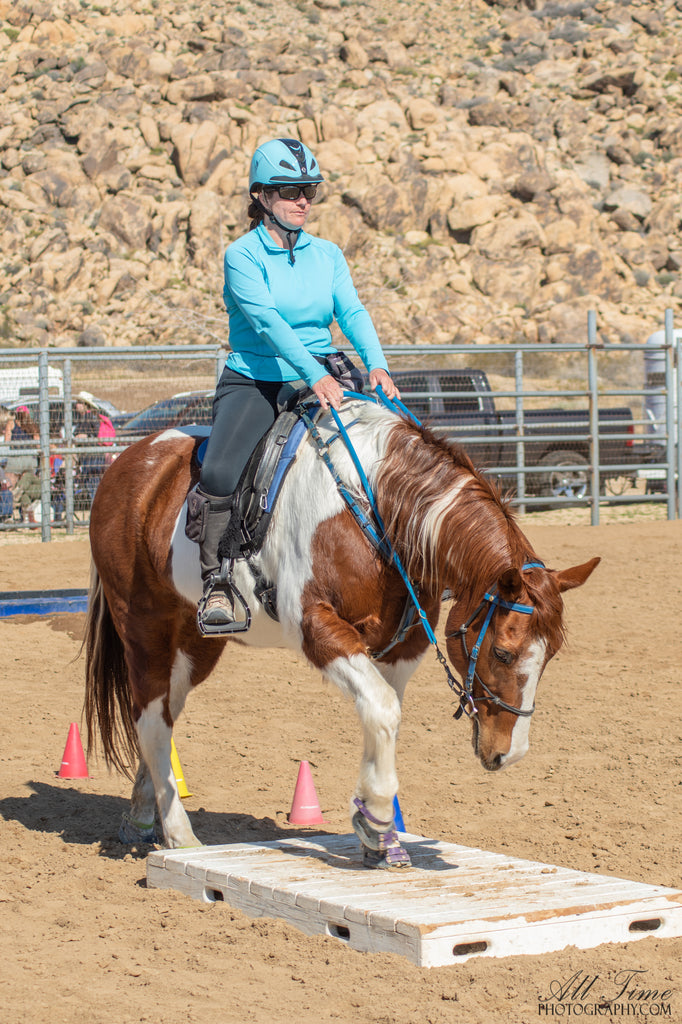
Now That you Have Been 'Barefoot and Booted' for a Number of Years, are you Still Happy With Your Decision to Transition to Barefoot?
Yes! I am still happy. In fact, I am thrilled. Going barefoot has taught me so much. Because I decided to go barefoot all those years ago, I have become a better horse person. I know more about nutrition than I did. I now know how to trim my own horses. I know so much more about hoof anatomy. I know so much more about lameness. I have owned, trained, and competed horses for 43 years now all over the USA in a variety of disciplines. But if I were to name one thing I have done in my entire riding career that has made me grow as a horse person, I would say going barefoot/booted.
What Advice Would you Give to Other Riders, Especially Those who are not Finding Support, who are Considering Taking Their Horses Barefoot?
Find support. It is out there. The horse industry has changed a great deal since 2011. Now is the time to go barefoot. If your farrier doesn't support you, try to find a different farrier. Better yet, learn to trim yourself. Social media can help you find support. There are tons of barefoot Facebook pages that did not exist just a few years ago. Educate yourself. Learn about hoof anatomy. Learn about equine nutrition. Don't rely on your farrier or vet to have all the answers. YOU have a vested interest in your horse and YOU know your horse better than anyone. Do what YOU think is best for your horse. Not what your friend says. Not what the person down the street says. If you want to go barefoot, do it for the right reasons. Don't do it because you think you will save money. I mean, you WILL save money, but maybe not right away. Do it because you believe that it is the right thing to do for your horse.
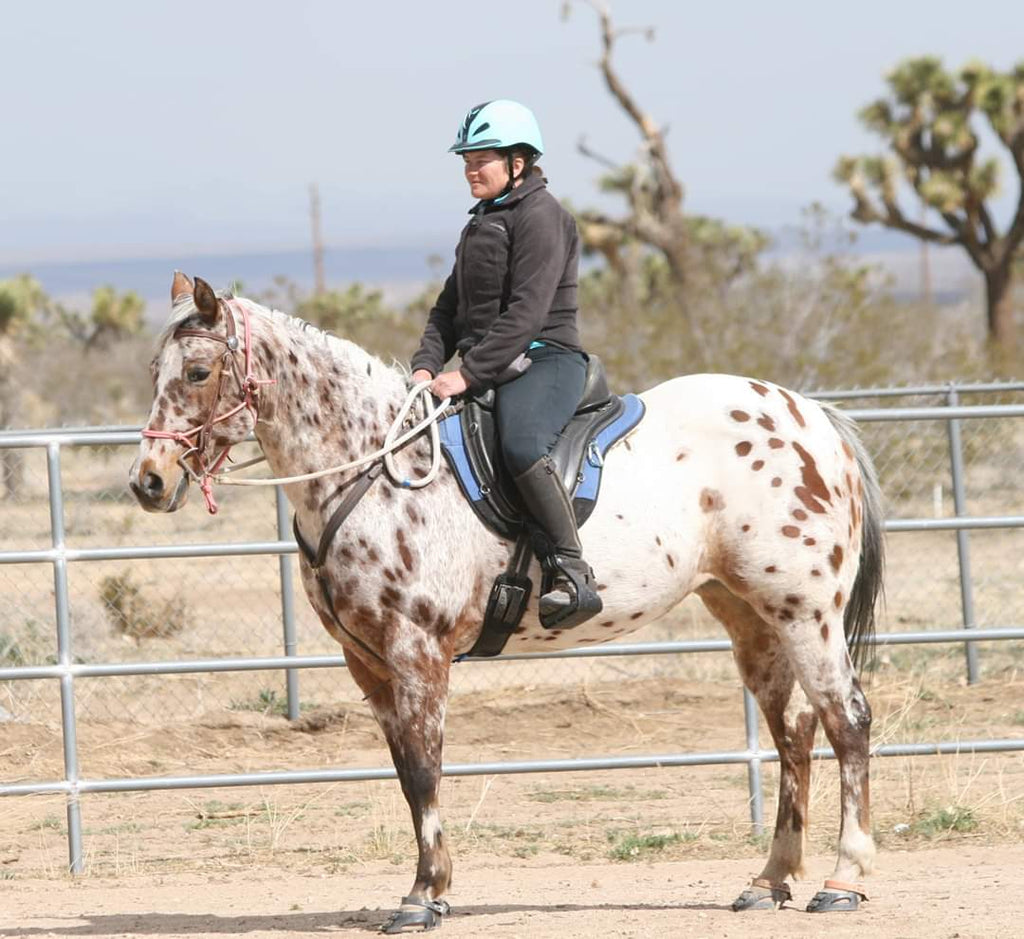
Keeping your horse barefoot benefits them in countless ways. Barefoot trimming leads to healthier hooves and an overall healthier horse. Hoof boots are an excellent way to add extra support and protection when it’s needed.
There is still so much to learn in equine care. As more research is done on hoof care, more experts in the field are becoming convinced of the benefits of barefoot trimming. It is important to keep an open mind and research your options rather than becoming bound by the first dissenting opinion you hear.
If you believe your horse could benefit from being barefoot, know that you have many places to get support. If your vet or farrier does not believe in barefoot trimming, you can get a second opinion. Do your own research and learn for yourself the benefits of keeping a horse barefoot. Seek out a barefoot specialist farrier. Barefoot specialist farriers are all over the world. Ask around and you are likely to find one near you. You can also read our blog for information on taking your horse barefoot and for interviews with experts on the topic.
Building a Supportive Barefoot Community
The team at Scoot Boot believe passionately in the barefoot horse and strive to build a supportive community of barefoot horse lovers.
Find more information about using Scoot Boots here.


